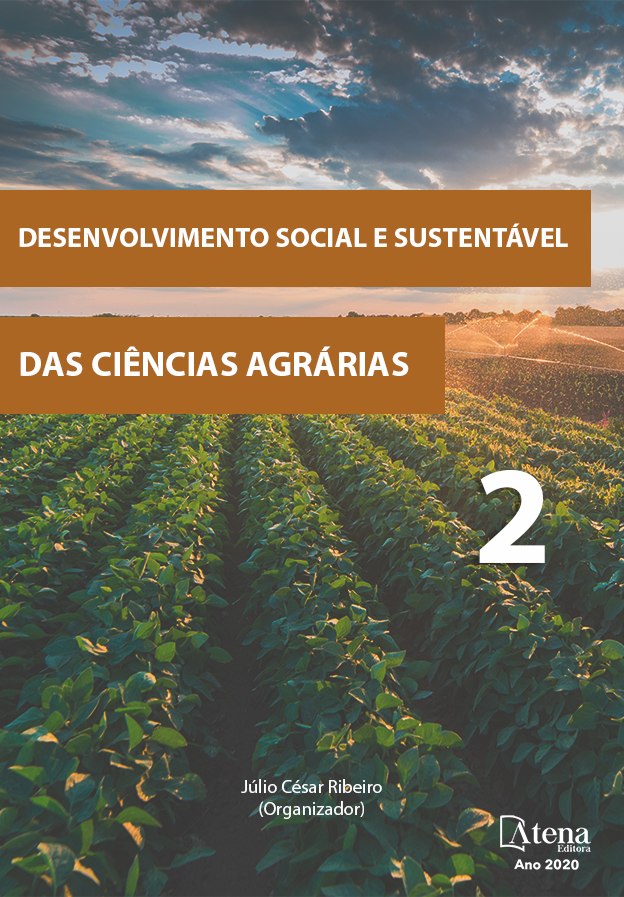
MANEJOS DE APLICAÇÃO PARA A ADUBAÇÃO MINERAL E ORGÂNICA A BASE DE ÁCIDO HÚMICO SOBRE O DESEMPENHO DA CULTURA DA SOJA
O objetivo do trabalho foi propor diferentes manejos da adubação mineral e orgânica com ácido húmico sobre o desempenho da cultura da soja. O trabalho foi realizado no município de Toledo, com delineamento de blocos ao acaso, com duas fontes de adubação, na forma mineral e ácido húmico; T1- testemunha; T2 - 100 % de NPK no sulco; T3 - 50% NPK no sulco + 50% Ácido húmico no sulco; T4 - 100% de Ácido húmico via foliar em V4; T5 - 50% Ácido húmico no sulco e 50 % via foliar em V4 e, T6 - 100% de Ácido húmico no sulco, com cinco repetições. As variáveis analisadas foram: altura das plantas, número de nós, número de vagens e, número de grãos por planta, massa de mil grãos e produtividade. Houve resposta significativa para o número de grãos por planta, onde os tratamentos T6 e T5 foram superiores aos demais estatisticamente, porém, trata-se de uma variável de forte influência genética. Portanto, pelas características químicas do solo apresentarem bons teores não foi possível observar grandes variações entre os valores das variáveis analisadas.
MANEJOS DE APLICAÇÃO PARA A ADUBAÇÃO MINERAL E ORGÂNICA A BASE DE ÁCIDO HÚMICO SOBRE O DESEMPENHO DA CULTURA DA SOJA
-
DOI: 10.22533/at.ed.7192009103
-
Palavras-chave: Glycine max, Fertilizantes, Substâncias húmicas
-
Keywords: Glycine max, Fertilizer, Humic substances
-
Abstract:
The objective of the work was to propose different managements of mineral and organic fertilization with humic acid on the performance of soybean culture. The work was carried out in the municipality of Toledo, with a randomized block design, with two sources of fertilization, in mineral form and humic acid; T1- witness; T2 - 100% NPK in the groove; T3 - 50% NPK in the groove + 50% Humic acid in the groove; T4 - 100% humic acid via leaf in V4; T5 - 50% Humic acid in the groove and 50% via leaf in V4 and, T6 - 100% humic acid in the groove, with five replications, the data were subjected to analysis of variance, with comparison of means. The variables analyzed were plant height, number of nodes, number of pods and, number of grains per plant, mass of a thousand grains and productivity. There was a significant response to the number of grains per plant, where treatments T6 and T5 were statistically superior to the others, however, it is a variable with strong genetic influence. Therefore, due to the chemical characteristics of the soil presenting good levels, it was not possible to observe large variations between the values of the analyzed variables.
-
Número de páginas: 18
- Martios Ecco
- Djonathan Darlan Franz
- Rafael Victor Menezes
- Maria José Biudes Rodrigues
- Claudecir Antunes Ferreira
- Francieli Cristina Gessi
- Sandi Luani Eger
- Débora Roberta Grutka
- Ricardo Carl Midding
- João Nilson Flores Junior
- Gabriel Bilhan


